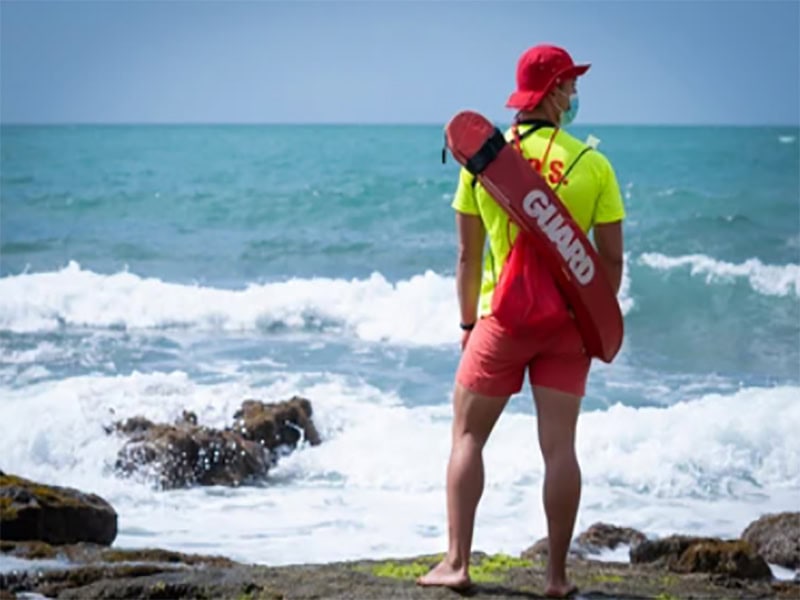Do you know? The chances of drowning is 1 in 18 million with lifeguards on duty. Lifeguards use rescue tubes to protect people from drowning. These devices give buoyancy and support to distressed swimmers, allowing lifeguards to perform rescues efficiently. Let’s explore the best rescue tubes options for lifeguards. We will highlight different types of rescue tubes, their key features, and tips on choosing and maintaining the rescue tubes.
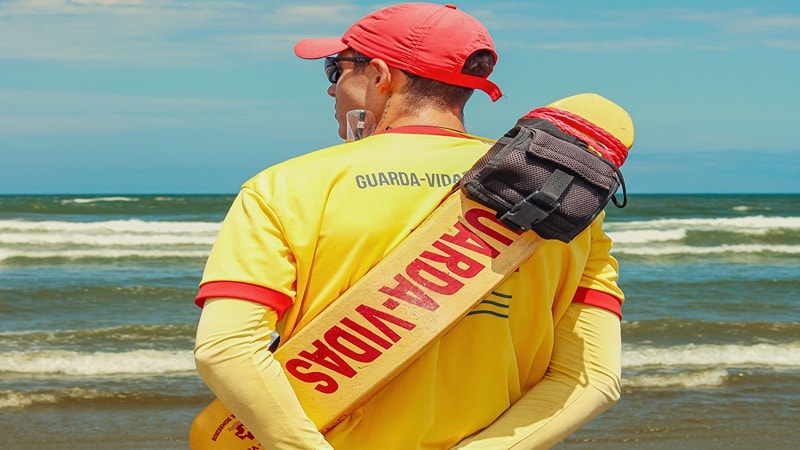
Key Takeaways
- Rescue tubes are vital for lifeguards, providing buoyancy and support to ensure efficient water rescues.
- High-quality rescue tubes are constructed from durable materials. They feature closed-cell foam that maintains buoyancy and prevents mildew during use.
- It’s essential to choose the right rescue tube based on the specific aquatic environment and the user’s experience, ensuring maximum safety and effectiveness.
Why Rescue Tubes Are Essential for Pool Safety
When a drowning incident occurs, timely rescue is critical. The lifeguard throws a rescue tube at victims or reaches them to take hold and help them stay afloat. It is the fastest and efficient way to reach the affected while the lifeguard gains control of the situation. The rescue time is reduced by at least 30% with proper rescue tubes.

Rescue tubes offer flotation support for both the rescuer and the victim. Their bright colors make them easy to spot, even in crowded or chaotic pool and beach environments. The tubes are lightweight and easy to handle and can be used for a variety of rescue scenarios, from assisting tired swimmers to rescuing unconscious victims.
The importance of rescue tubes around pools is evident from regulatory laws. Every lifeguard on duty must be equipped with at least one rescue tube at all times. They are critical for pool safety. The swimmer’s life plunges on rescue tubes in case of emergencies.
How Lifeguards Use Rescue Tubes
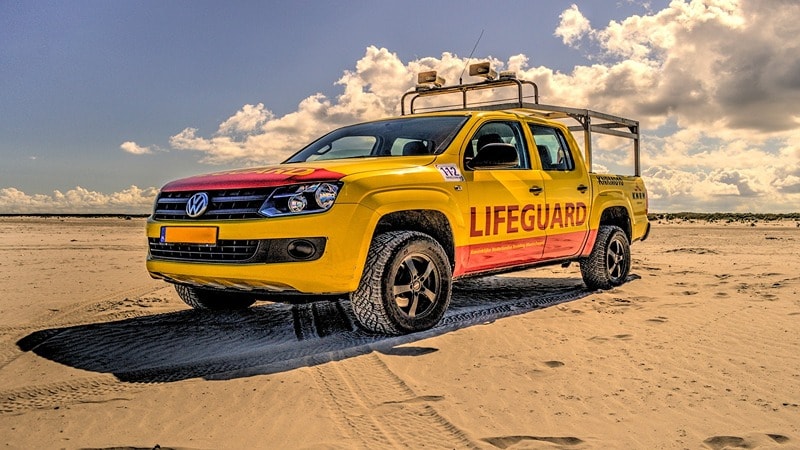
Understanding proper rescue tube usage is crucial to ensure swimmers’ safety. If you know the usage, you can better select the right rescue tube option.
Identifying the Emergency
Whenever a lifeguard is informed about any unpleasant incident, the first step is to identify the emergency. Lifeguards are trained to quickly spot signs of distress, such as struggling swimmers or unconscious individuals.
Prepare for the Rescue
The next step is to prepare for the rescue. After assessing the emergency, the lifeguard takes the rescue tube and enters the water. The tube is usually strapped around the body to let lifeguards swim freely. The tube stays afloat on the water while the lifeguard makes its way to the victim.
Securing the Victim
When the lifeguard reaches the victim, he/she is secured with the rescue tube. The lifeguard ensures that the victim’s head is above the water. The scenario is different for unconscious victims; the guard places the rescue tube under the victim’s back to keep their head above water. Finally, carry them to safety.
The Role of Rescue Tubes in Lifeguard Training
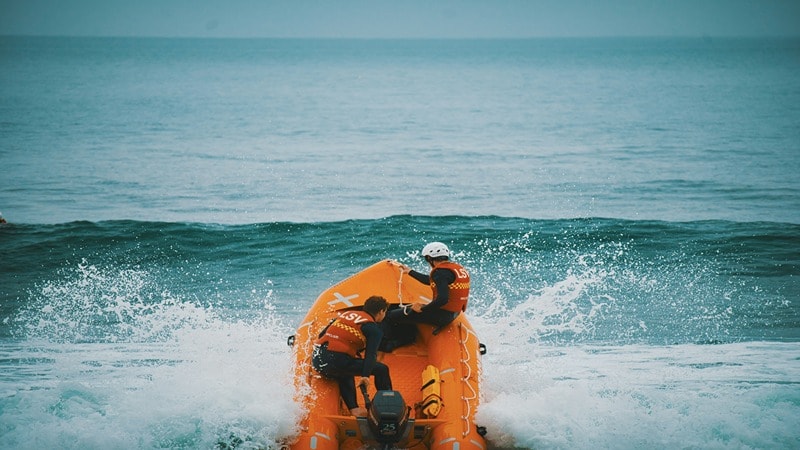
Lifeguards are given extensive training to rescue people in emergency situations. The training covers all aspects of rescue, from using safety devices to handling the affected. Every lifeguard training includes special instructions about using rescue tubes. Let’s explore their usage:
Rescue Techniques
Trainees are informed about different cases of life jacket use. The training modules include a variety of rescue techniques. You should know that handling a distressed swimmer is different from handling an unconscious swimmer. Trainees learn how to use rescue tubes for various rescue scenarios.
Simulated Drills
Lifeguards practice rescue operations in simulated environments. It enables them to respond promptly in emergency situations. The familiarity with similar situations allows them to effectively manage the situation. Rescue tubes are an essential part of simulated drills.
Team Coordination
Rescue operations are more like a team job. The training includes special modules on team coordination. The trainees are instructed on how multiple lifeguards can use life jackets to reach and rescue victims under challenging situations.
Maintenance and Care
Lifeguards are also taught how to inspect and maintain rescue tubes to ensure they are always in good condition. Any issue in the rescue tube can be fatal. It is vital that all life jackets are operable, accessible, and in good condition. The maintenance involves proper cleaning, placement, and inspection.
Types of Lifeguard Rescue Tubes Available
There are a variety of rescue tubes available in the market. Usually, all rescue tubes are similar, but there are differences in features or material. There are mainly three categories of rescue tubes; let’s explore:
| Types | Standard Rescue Tubes | Specialty Rescue Tubes | Junior Rescue Tubes |
| Introduction | Standard rescue tubes are commonly used by lifeguards for everyday pool incidents. | Specialty rescue tubes are designed for critical rescue operations and come with additional features. | Junior rescue tubes are lighter and smaller versions of standard rescue tubes. |
| Uses | You can use these tubes in pools, water parks, and calm open water. | Used in rough water conditions, ocean rescues, or high-risk environments. | Best for training programs, junior lifeguard programs, and smaller aquatic facilities. |
| Material | Made of durable foam and covered with a high viscosity vinyl. | Made of high-density foam with reinforced nylon cover and tapered ends. | Similar to standard rescue tubes but with a soft foam core and multiple layers of waterproof coating. |
| Features | Flexible design equipped with a strap for easy handling and durability for frequent use. | It comes with a reinforced structure and includes multiple handholds for victim support. | Lightweight and shorter length for easier handling. The sizes are designed for younger users. |
Key Features of a High-Quality Rescue Tube

Are you considering purchasing rescue tubes? As you don’t compromise on safety, you shouldn’t be compromising on quality, too. Both attributes are synonymous with each other. Here are the key features of high-quality rescue tubes to look for:
Premium Materials
Material quality is critical for the longevity and durability of rescue tubes. You should go for high-quality vinyl or foam material that can withstand frequent use. The pool water contains chlorine, which can deteriorate the tube’s material. The material should be chlorine-resistant.
High Visibility
The rescue tubes are designed to be highly visible. They help flag rescue operations and send signals to other lifeguards about the incident. You should choose rescue tubes in neon colors like red, orange, and yellow for maximum visibility.
Comfortable Straps
The straps play a crucial role when handling victims. You should consider tubes with comfortable straps that are easy to secure. This will allow you to handle the victim more efficiently without worrying about the rescue tube falling off.
Buoyancy Rating
Buoyancy ratings are a crucial consideration. The rescue tube must have enough buoyancy to keep the rescuer and victim afloat. The standard ranges are 50, 70, 100, 150, and 275 Newtons of flotation. Each range corresponds to a weight that the rescue tube can keep afloat.
Why Every Pool Should Have Rescue Tubes
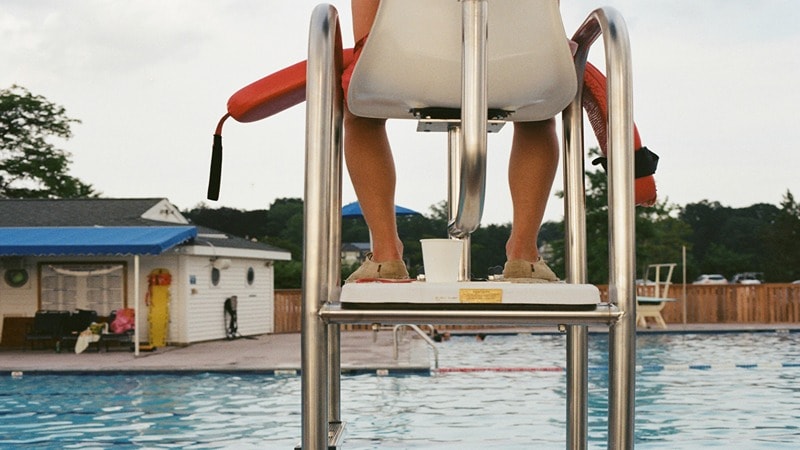
Rescue tubes are a safety requirement mandated by numerous regulatory bodies and state laws. The American Red Cross and Royal Life Saving Society require rescue tubes as part of pool safety equipment.
Beyond regulatory requirements, the importance of rescue tubes around pools is evident from fast rescue operations. They increase the efficiency of lifeguards and reduce the rescue time. Moreover, the availability of rescue tubes gives swimmers a sense of safety.
Frequently Asked Questions
Why is it important to have a high-quality rescue tube?
A high-quality rescue tube is crucial because it ensures durability and reliability during emergencies, preventing failures that could jeopardize safety. To enhance lifesaving effectiveness, always choose tubes that can withstand punctures and tears.
What are the different types of rescue tubes available?
There are three main rescue tube types: standard tubes for general use, specialty tubes for specific scenarios, and junior tubes designed for younger lifeguards.
How do I maintain my lifeguard rescue tube?
To keep your lifeguard rescue tube in top shape, regularly clean it with warm water and mild detergent, rinse, sanitize with a commercial disinfectant, and ensure it dries completely to prevent mold.
Where can I purchase high-quality rescue tubes?
You can purchase high-quality rescue tubes at The Lifeguard Store. This site offers a diverse selection backed by a satisfaction guarantee and free shipping on orders over $75. Check it out for your needs!
What accessories can enhance the functionality of my rescue tube?
To enhance your rescue tube’s functionality, consider adding adjustable shoulder straps, Reach Assist Loops, improved grip features, and repair patches. These accessories will boost safety and efficiency during rescues.
Conclusion
Do you have a proper rescue tube to handle an emergency? You now understand the importance of rescue tubes around pools. They are a key safety device for responding to drowning incidents promptly. When selecting a rescue tube, you should be mindful of essential features. Always opt for high-quality tubes to ensure longevity, durability, and safety!
Are you looking to buy high-quality rescue tubes? JIEKANG is a renowned manufacturer of top-quality rescue tubes offering superior safety features and durability.
JIEKANG’s Rescue Tubes: A Name of Trust for Pool Safety
JEIKANG’s rescue tubes are synonyms for quality and durability. The company produces all types of rescue tubes, adhering to regulatory guidelines. It has an advanced manufacturing facility with robust R&D. It is currently exporting to 45 countries and partnering with government and multinational organizations. Get in touch to explore the options and astonishingly low price ranges!

